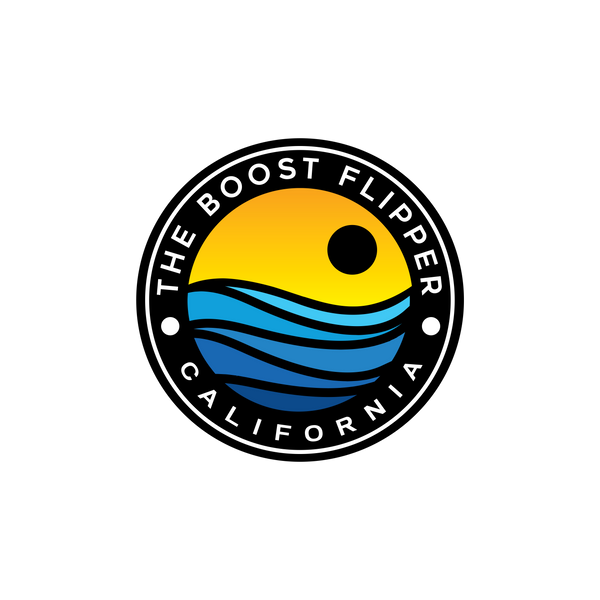Frequently Asked Questions

What is the difference between a fin and a flipper?
There is no difference between a fin and a flipper; the terms are generally used interchangeably.
What age should children begin swimming lessons?
Everyone has their own preference however Age three is an ideal age to start swim lessons, when the child is potty trained and can separate from their caregiver easily. Generally potty training and maturity go hand in hand for a learning environment where a child can take and process directions with retention.
What are the benefits of teaching children to swim?
Teaching children to swim offers numerous benefits, including water safety skills, physical fitness, coordination and motor skills, social interaction, confidence building, and cognitive development. Learning to swim is a lifelong skill a child can use for opportunities such as recreation, exercise, and adventure. However learning to swim safety is the #1 priority when learning to swim!
How does The Boost Flipper help young swimmers?
The Boost Flipper is designed to support young swimmers by emphasizing the importance of correct head and body positioning. By prioritizing proper technique from the start, children establish strong foundational skills for their aquatic journey. With its innovative design, The Boost Flipper offers a gentle yet effective boost, instilling confidence and strength in young swimmers as they navigate the water. While providing this assistance, The Boost Flipper ensures that children still actively engage and work in the water, promoting a balanced learning experience where they can develop their swimming skills with a supportive aid.
How do I determine the best flipper size for my child?
The Boost Flipper offers a convenient solution for children aged 18 months to 9 years old, as it grows with them. Each pair comes with two adjustable straps, one small and one large. Simply start with the small strap, and as your child grows, switch to the larger strap for a comfortable fit. This flexibility ensures that your child can enjoy using The Boost Flipper as they continue to develop their swimming skills and grow.
What is the correct swimming posture?
Children should maintain a horizontal and streamlined body position, with their head in a neutral position and eyes looking down. Proper body rotation, especially in freestyle and backstroke, involves rotating from the hips and shoulders. Engaging core muscles helps keep the body stable, and proper breathing techniques are crucial to maintaining alignment and efficiency in the water.
Can children swim unsupervised?
Children should never swim unsupervised. Regardless of their swimming ability, constant adult supervision is essential whenever children are in or near water.
Do flippers make it easier to swim?
The Boost Flipper provides a supportive "boost" for your child's swimming experience. While wearing The Boost Flipper, children still engage their muscles and work in the water, but the fins offer added propulsion and buoyancy. This gentle assistance builds their confidence and helps them feel more comfortable and capable in the water, making swimming an enjoyable and rewarding experience for young learners.
When should I replace the straps on the Boost Flipper?
The Boost Flipper straps are crafted for durability and longevity. When your child's foot outgrows the small strap, simply replace it with the larger strap provided. This ensures a comfortable and secure fit as your child continues to grow and enjoy their swimming adventures with The Boost Flipper.
How do clean and maintain the Boost Flipper?
Cleaning and maintaining your Boost Flipper is simple. Use mild soap and warm water with a soft rag to gently clean the fins. After each use, ensure they are thoroughly rinsed and dried to prevent any buildup of residue or odor. By following these easy steps, you can keep your Boost Flipper in great condition, ready for many more enjoyable swimming sessions.
